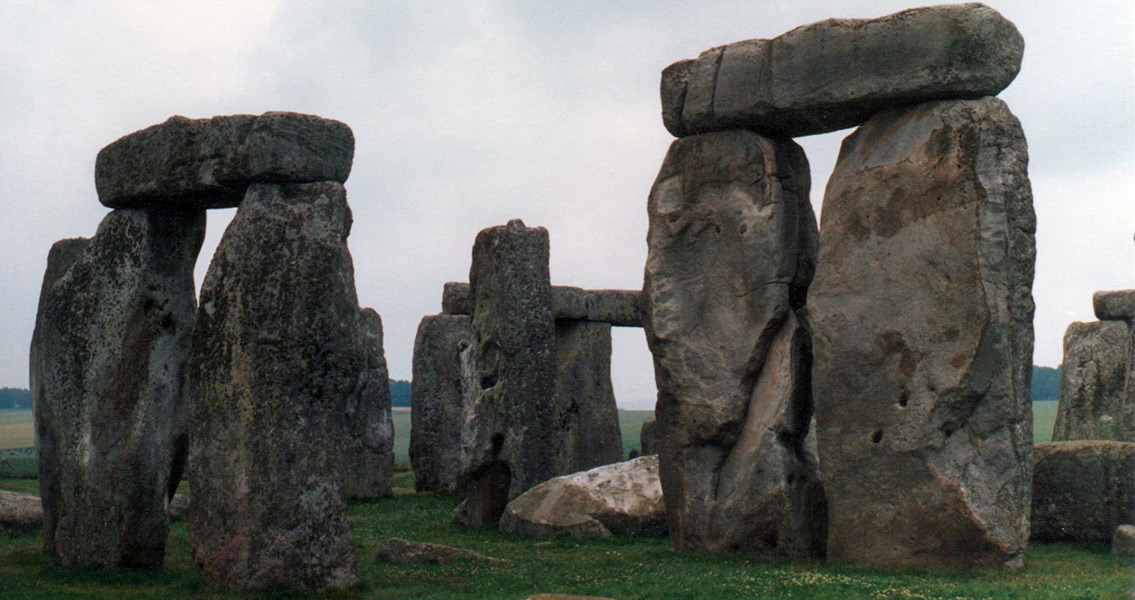<![CDATA[Researchers have long suspected that during at least part of its extensive history Stonehenge served as a cremation cemetery for noteworthy individuals and leaders – recent discoveries not only support that theory, they also reveal the women buried there were deemed as important as the men. Women’s role in society, as well as their status, has been shown by historical and archaeological evidence to have gone noticeably up and down at various times in the past – at this time it appears to be up. Recent excavations at the iconic monument unearthed the remains of 14 women (more women than men in fact) who are believed to have been prominent members of the population. The editor of British Archaeology, Mike Pitts, recently told Discovery News, "In almost every depiction of Stonehenge by artists and TV re-enactors we see lots of men, a man in charge, and few or no women, the archaeology now shows that as far as the burials go, women were as prominent there as men. This contrasts with the earlier burial mounds, where men seem to be more prominent." He went on to explain that, "by definition -- cemeteries are rare, Stonehenge exceptional -- anyone buried at Stonehenge is likely to have been special in some way: high status families, possessors of special skills or knowledge, ritual or political leaders." These excavations were focused on Aubrey Hole 7; one of the 56 chalk pits that had been dug just outside of the iconic stone circle. The chalk pits, which have been dated to the early third and late fourth millennium BCE, were constructed during the earliest stages of Stonehenge. The remains of at least 14 females and nine males – none of them children, have been unearthed. Because the individuals were cremated, numerous high-tech techniques, CT scanning for example, were required to study the remains The various known burials at Stonehenge happened in several separate episodes from around 3100 BCE until at least 2140 BCE, according to radiocarbon dating along with other analyses. Researchers believe children were also cremated but their ashes were scattered along the Avon river which is close by. Other items excavated at the site include a mace head which had been made using gneiss (a striped stone once associated with transformation) and long pins made from bones; thought to be hair pins. Typically, ancient burial sites discovered in the U.K. are large mounds which contain timber and stone chambers. They also tend to be built on hilltops and high ground, far away from where people resided. Stonehenge is an exception, while it was separated from the local housing, it (and other cremation cemeteries created later) was built on much lower ground, near the rivers which must have been frequented by locals. In regards to the culture or cultures Stonehenge represents; when the monument was constructed approximately 1,000 years ago agriculture had already arrived via the Middle East. People did not yet have horses, but they did have barley and wheat, goats, sheep, pigs and cattle. They used stone tools which were well crafted but they were not yet using wheels. Metalworking began to spread throughout Britain in about 2400 BCE, but this was long after the early phases of the construction at Stonehenge. Image courtesy of Wikimedia Commons user: mwanasimba ]]>
Stonehenge As a Feminist Symbol?
